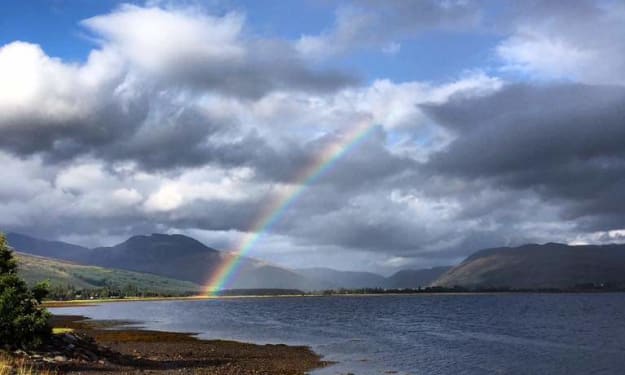Studying the Early Days of the Solar System: What NASA's Recent Lucy Mission Might Teach Us
NASA's latest monumental launch will bring us evidence about the solar system's origins

Asteroids have fascinated humans for thousands of years. In the media, they're typically portrayed as the "bombs" of space, so to speak, the catalysts in events of large-scale destruction. The end of the dinosaurs and the moon's dented surface are two examples that might come to mind. To astrophysicists, however, they have another significance: they have been around since the dawn of the solar system, and their location and composition can tell us a lot about the solar system's beginnings. NASA's recent Lucy mission was launched in an aim to learn more about the dawn of the solar system by analyzing these rocky remnants.
Launched today (October 16th, 2021), the Lucy Mission will be exploring asteroids for the next 12 years. Named after the 3.2-million-year old human fossil uncovered in 2015, it's aim is to analyze the fossils of our solar system. It will explore the Trojan asteroids, two clusters of asteroids that share Jupiter's orbit. The Trojan asteroids are separated in two groups, so in order to explore both clusters, the Lucy mission will be returning to Earth's orbit 3 times for assistance in trajectory changes, making it the first spacecraft to ever return to Earth from beyond the asteroid belt.
Built by Lockheed Martin over the course of 14 months, the Lucy probe utilizes 3 heritage instruments: the L'Ralph, a camera that operates on the visible and infrared spectrums, the L'LORRI (Long Range Reconnaissance Imager), a telescopic camera used for taking pictures from afar that will provide details of craters and hills on the asteroid's surfaces, and the L'TES (Thermal Emission Spectrometer) which Lockheed Martin's page on the probe describes as "the world's most sophisticated thermometer", capable of taking temperature measurements at an asteroid's surface which it can then use to construct detailed images of an asteroid's surface properties. These technologies combined with the power of two massive solar powers and a set of 14 thrusters form a machine ideal for exploring the far reaches of our solar system.
The information collected by the Lucy probe will make or break our theories about the formation of the solar system and planets. "No spacecraft has visited so many objects before, and each is a potential window into the material and conditions of the early solar system", said astrophysicist Alan Duffy of the Lucy mission. The current most popular theory is that the planets bounced around for some time before settling in their final orbits. If it's found, for example, that the Trojans are similar in composition to our own moon, that would suggest that the moon and the Trojans originated as a single body and were separated and scattered to their current positions as a result of said "bouncing around", supporting our current theory. If, however, they share the composition of Jupiter's moons, our current theory would seem much less plausible.
These insights into the early days of our solar system are directly connected to the origin of life and, by extension, our own origin. Learning about the origin of our solar system and home planet is crucial to understanding how life might exist elsewhere in the universe. It's important that we continue to push the boundaries of space exploration in order to learn more about our own place in an incomprehensibly vast universe.
About the Creator
Enjoyed the story? Support the Creator.
Subscribe for free to receive all their stories in your feed. You could also pledge your support or give them a one-off tip, letting them know you appreciate their work.





Comments
There are no comments for this story
Be the first to respond and start the conversation.